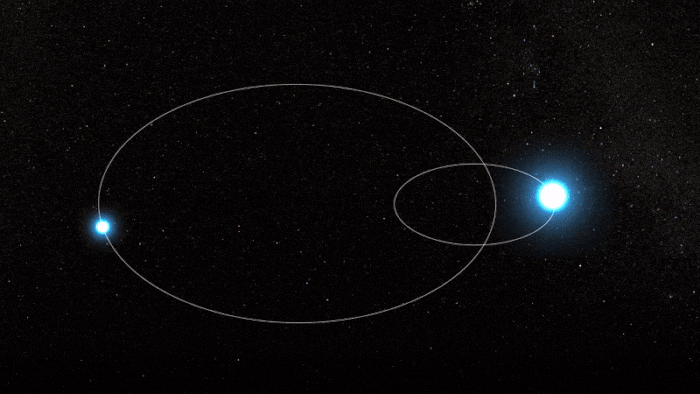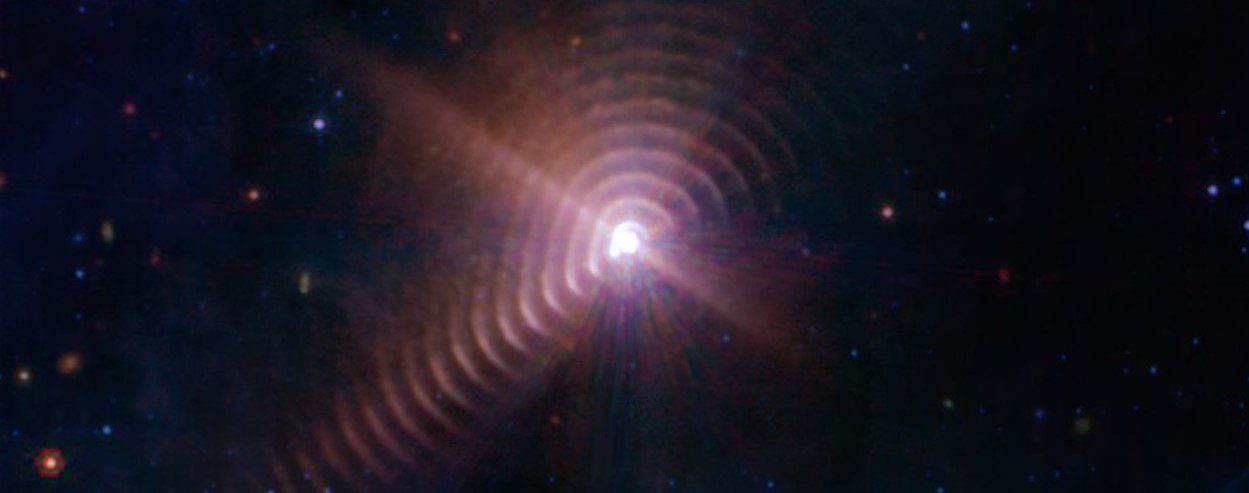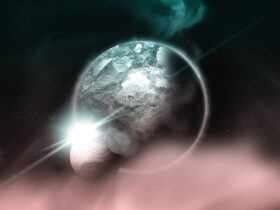NASA’s James Webb Space Telescope (JWST) has already proved that it has what it takes to explore space and beyond. Recent data again support the telescope’s fantastic work by revealing incredible cosmic features!
Astronomers were left in awe after they got a rare chance to study the soft brush of light on two unusual yet intriguing stars’ dusty skirts as they spun around one another in a broad, wild twirl. And all thanks to JWST!
Read out below for all the details, and check out the incredible photos!
How Dust and Light Dance in the Universe’s Web
Amazing images of dust being driven away by light are now available after JWST proved once again its efficacy.
WR 140 is a binary star whose ferocious radiation field supercharges these effects, placing them within reach of our high-precision data, explained astronomer Yinuo Han of Cambridge University.
Scientists have been able to directly watch that radiation pressure in action for the first time thanks to measurements made with infrared light from the Keck Observatory over the course of 16 years, which allowed them to follow a massive plume as it extended into space.
A rarity among rarities, WR 140 is a star in the constellation of Cygnus that is around 5,600 light-years distant. Quite impressive, isn’t it?!
And there’s more.
It is what is actually referred to be a colliding wind binary, made up of a blue O-type supergiant star partner and a very uncommon Wold-Rayet star.
Check out WR 140:

The researchers also replicated the odd form of the shells inflating around the binary by including radiation pressure in their simulations of WR 140. You can see the animation below:

There are, without a doubt, many other cool things in the Universe, and JWST seems so ready to uncover some! More details about the telescope’s work will soon be available as it explores more and more cosmic features.












Leave a Reply